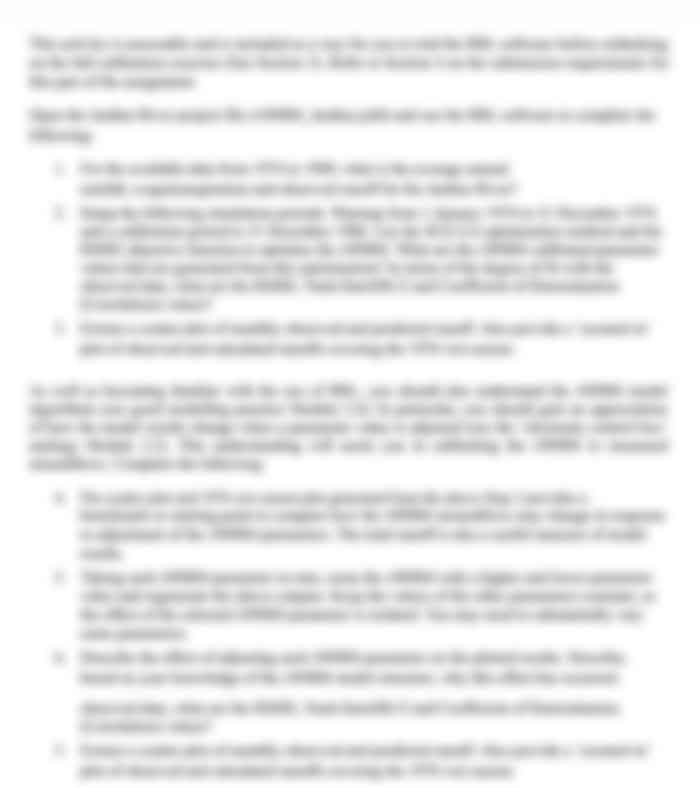Statistics and society- Real Life Context Assessment
TASK For this assessment, you need to choose a real-life context and a question you would like to answer using statistics.
Content to assist you to complete this task is covered in Module 4 (Statistics and society) and Week 5 (Identifying and solving mathematics problems).
Step 1: Define your topic Select a real-life context you are familiar with, or a fictitious 'real-life-like' context, where you can identify an issue that can be solved using statistics. There are endless options that you could choose, but make sure it is easy to measure quantitatively for multiple instances.
Step 2: Collect your data Select a varied sample of a minimum of 30 data points.
Step 3: Analyse your data and write a report Write your results in a report, using formal language in third person, setting out details of every step of the process and all relevant mathematical calculations.
You should use the following structure, headings and content requirements: Title Page no page number give your research a snappy title and include all the details normally required for an assignment submission (name, ID, subject, class, assessment no., and date)
Executive Summary page (i) - include a brief summary of the research undertaken along with the findings (note: this is a summary of the overall report, NOT specifically an introduction)
Table of Contents page (ii) - include all section and sub-section titles with their section numbers and page numbers (note: the specific page numbering sequence used by reports)
1. Introduction page (1) (page numbering then continues as normal) - introduce your context and topic and explain what your research has set out to achieve (one - two paragraphs)
2. Issue - provide the specific question you are trying to answer with your research and descriptive statistics (one concise sentence)
3. Method - include:
3.1 Data - detail how the chosen data is quantitative and pertains to your issue
3.2 Method - outline the method you used to collect data from varied instances
3.3 Reliability - identify and review any problems and/or potential influencing factors that may affect the reliability of your data. If no problems or influencing factors - why?
4. Dataset - include:
4.1 Raw data - include raw data along with information that may prove useful, e.g. time or place collected (must have a sample of at least 30 data points)
4.2 Frequency table - include frequency table for raw data 4.3 Stem and leaf include stem and leaf plot (table)
5. Descriptive statistics
5.1 Statistics - calculate the mean, median, mode, range and standard deviation (use a calculator or Excel to calculate the standard deviation) for your dataset. Present this information in a table with ALL of your workings.
5.2 Analysis - discuss what each of these calculated values tell you about your sample and the broader population that your sample comes from (one - two paragraphs)
5.3 Results - include a graph which best displays your dataset e.g. column graph, line graph, etc. Discuss what this graph shows you about your dataset (two - three sentences)
6. Conclusion - answer your question (as stated in section 2 above) and summarise your key findings and implications of the research (one paragraph)
7. References - if used, include sources you used to collect your data and/or write this report.

